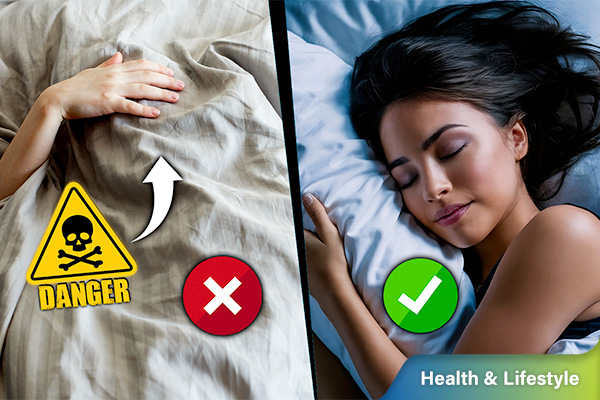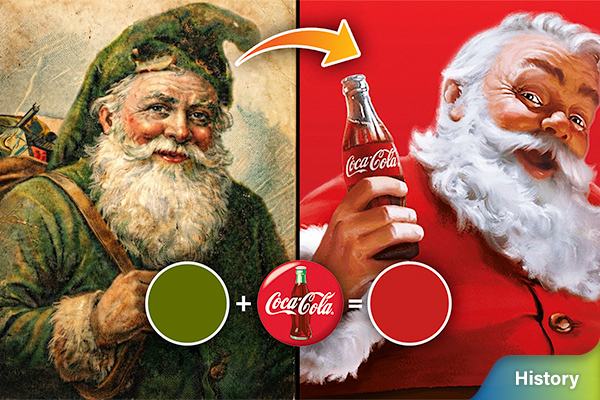How to Test Watermelon for Erythrosine-B Chemical?
Before giving watermelon to kids, conduct a simple test to check for harmful chemical adulteration, as advised by FSSAI.
In a recent advisory by the Food Safety and Standards Authority of India (FSSAI), parents are cautioned against giving watermelon to their children without conducting a simple safety test. This precaution comes amidst concerns of watermelon adulteration with a harmful chemical known as Erythrosine.
Erythrosine, a dangerous chemical, is sometimes injected into watermelons to enhance their color, prolong shelf life, and accelerate ripening. Prolonged exposure to this chemical can lead to adverse health effects, including behavioral changes in children, thyroid dysfunction, and other serious complications. Furthermore, Erythrosine-B, a variant of the chemical, is banned in several countries due to its potential to cause reproductive abnormalities and infertility.
To ensure the safety of watermelons, parents can perform a simple test at home:
1. Cut the watermelon into two halves.
2. Take a cotton ball and rub it on the inner, succulent parts of the watermelon.
3. If the watermelon is unadulterated, the cotton ball will not change color.
4. However, if the watermelon is adulterated, the cotton ball will turn red.
5. A lack of color change indicates the absence of harmful chemicals.
By conducting this straightforward experiment, parents can protect their children from potential health risks associated with adulterated watermelons. It is crucial to prioritize food safety and take proactive measures to ensure the well-being of our families.
If you perform this test, we encourage you to share your experiences, pictures, and videos on social media, tagging ISH News. Together, let's spread awareness and promote safe food practices for a healthier tomorrow.







